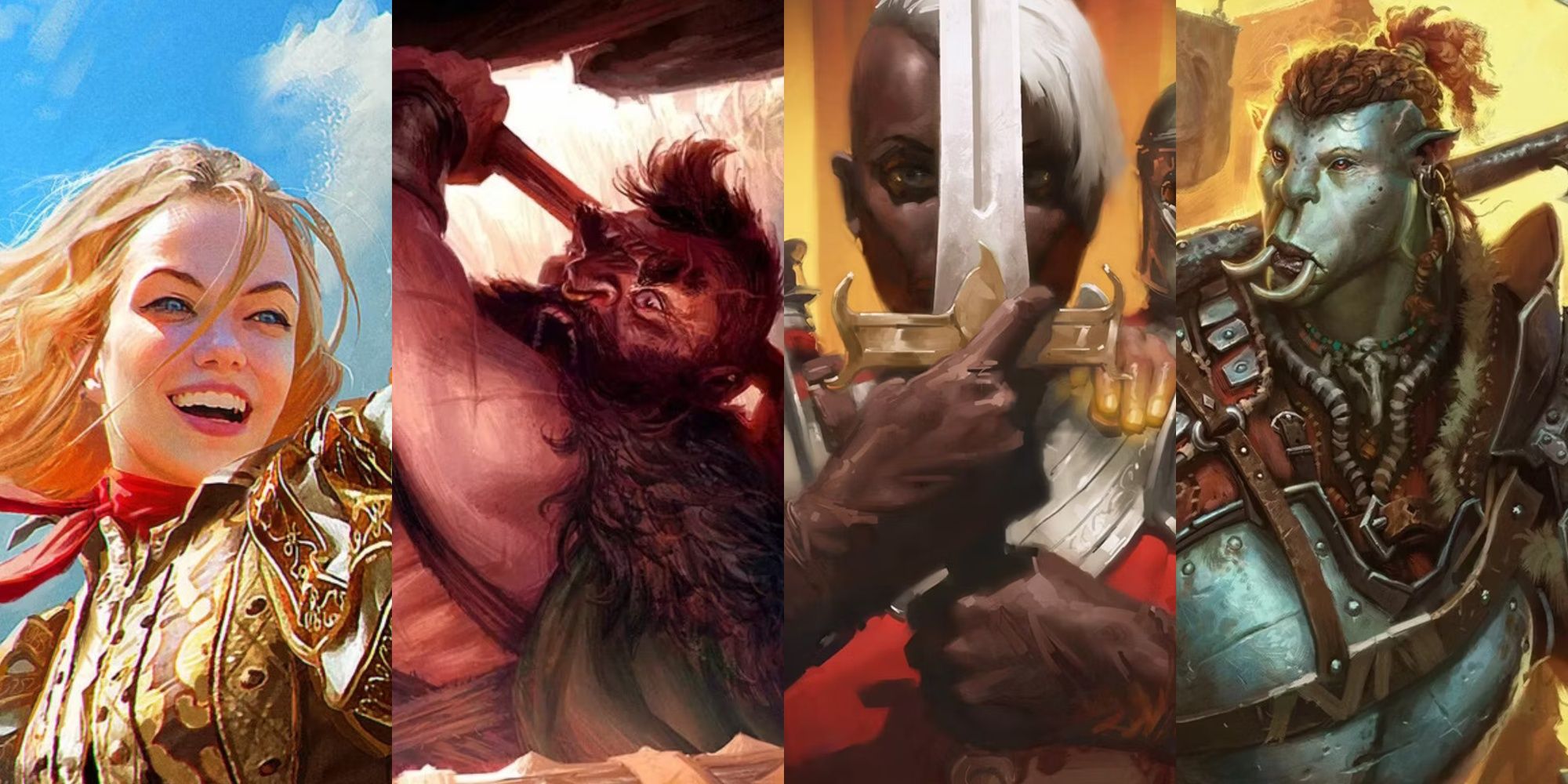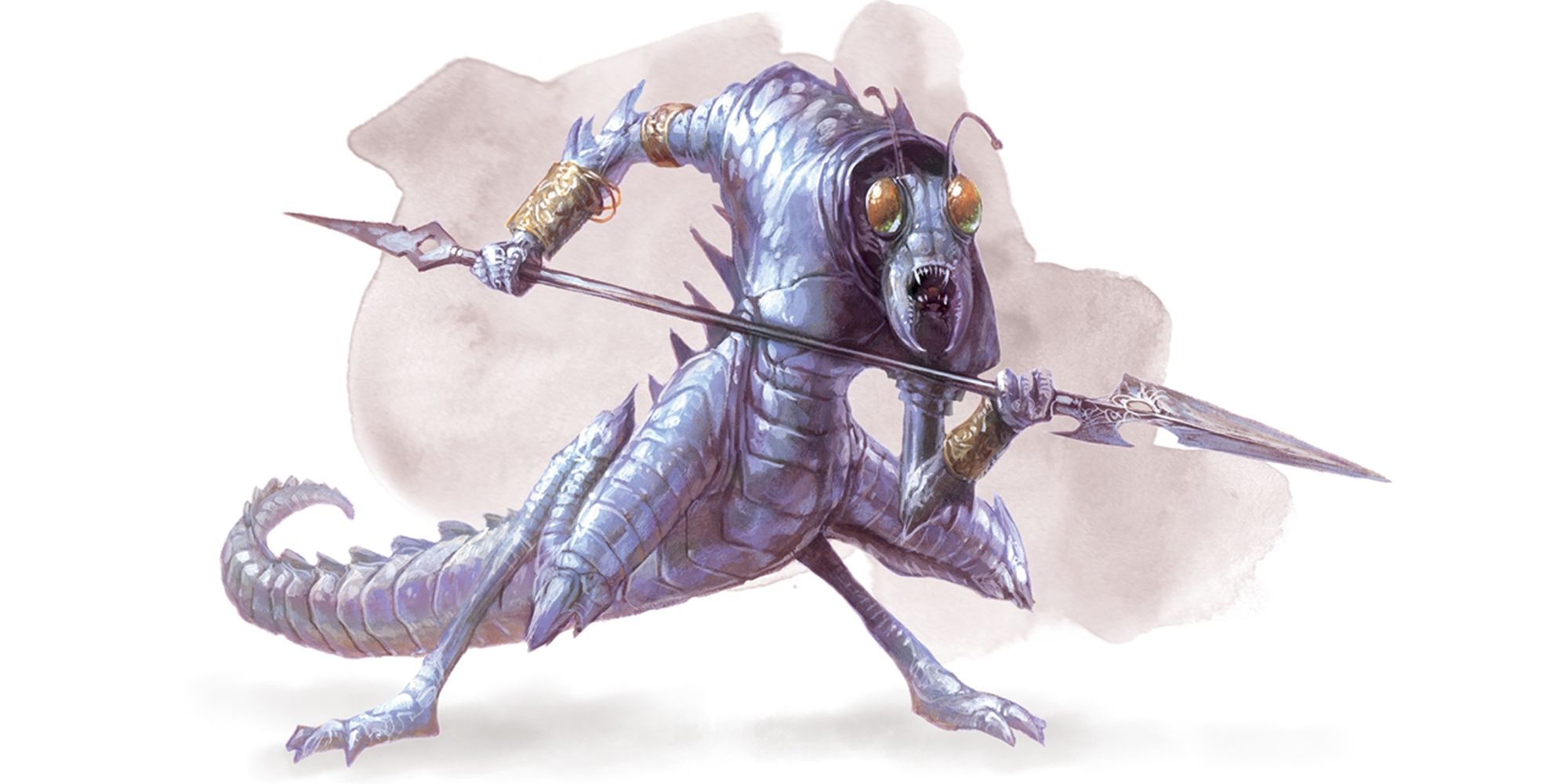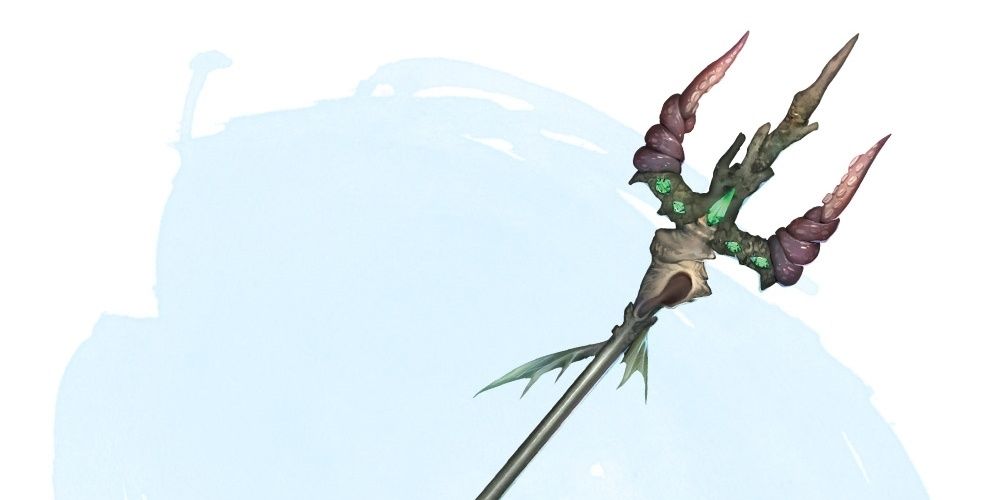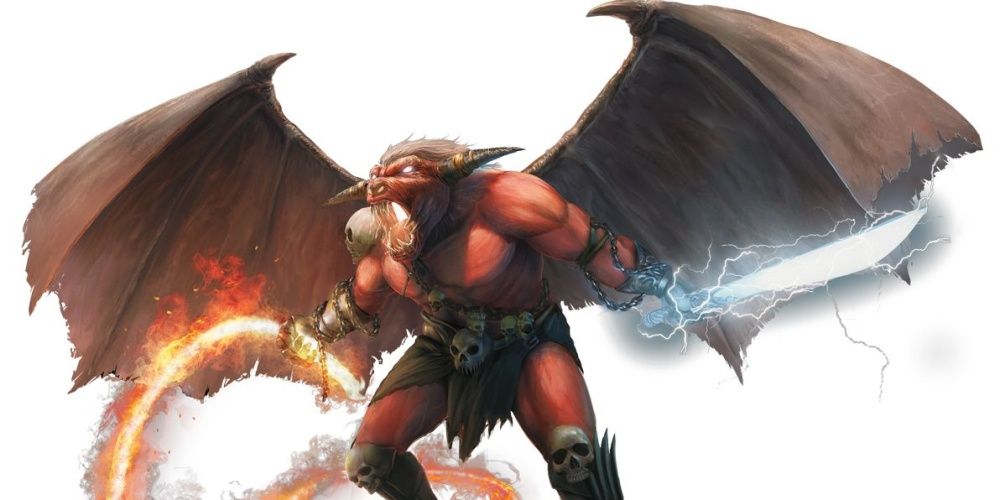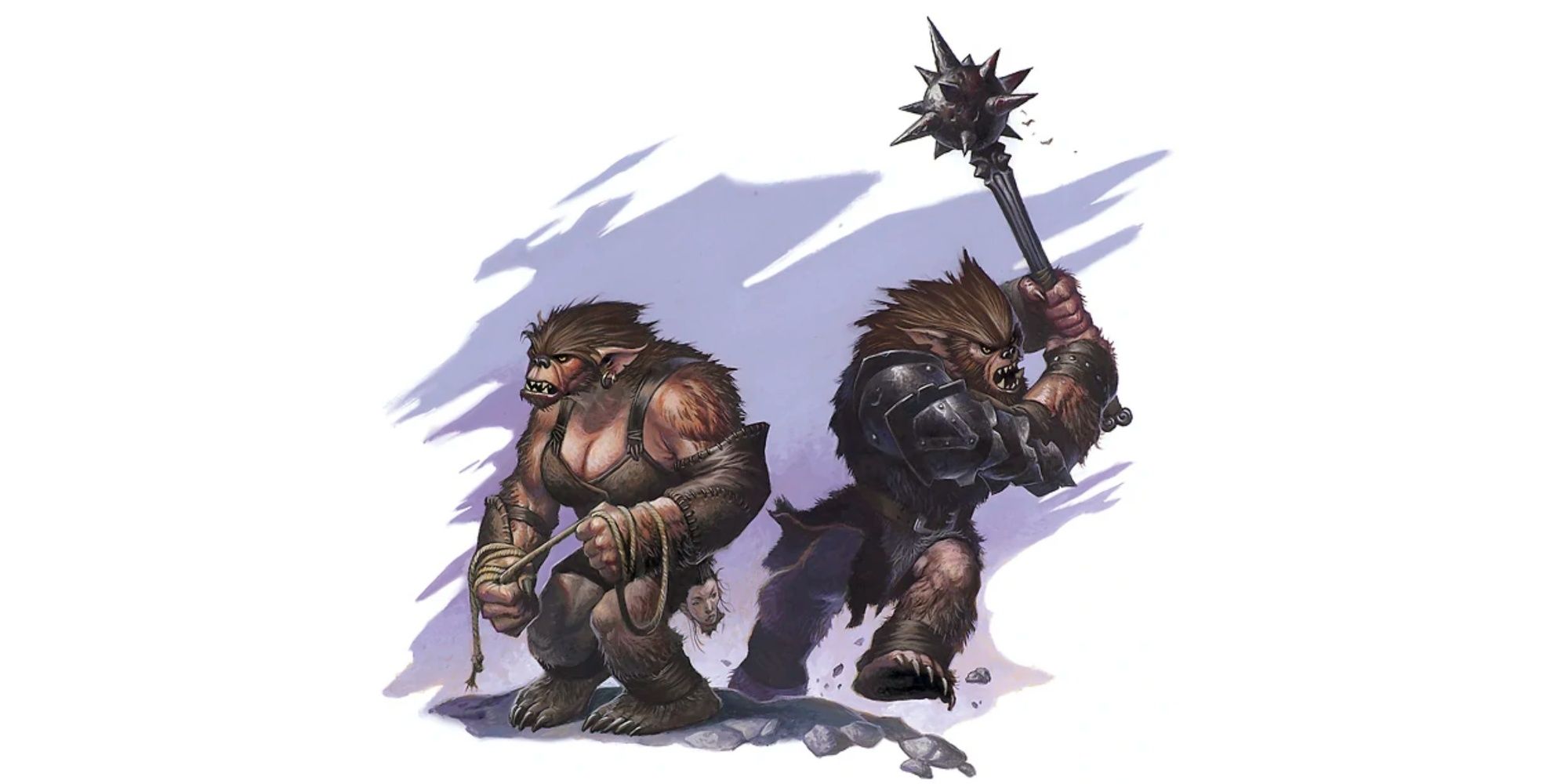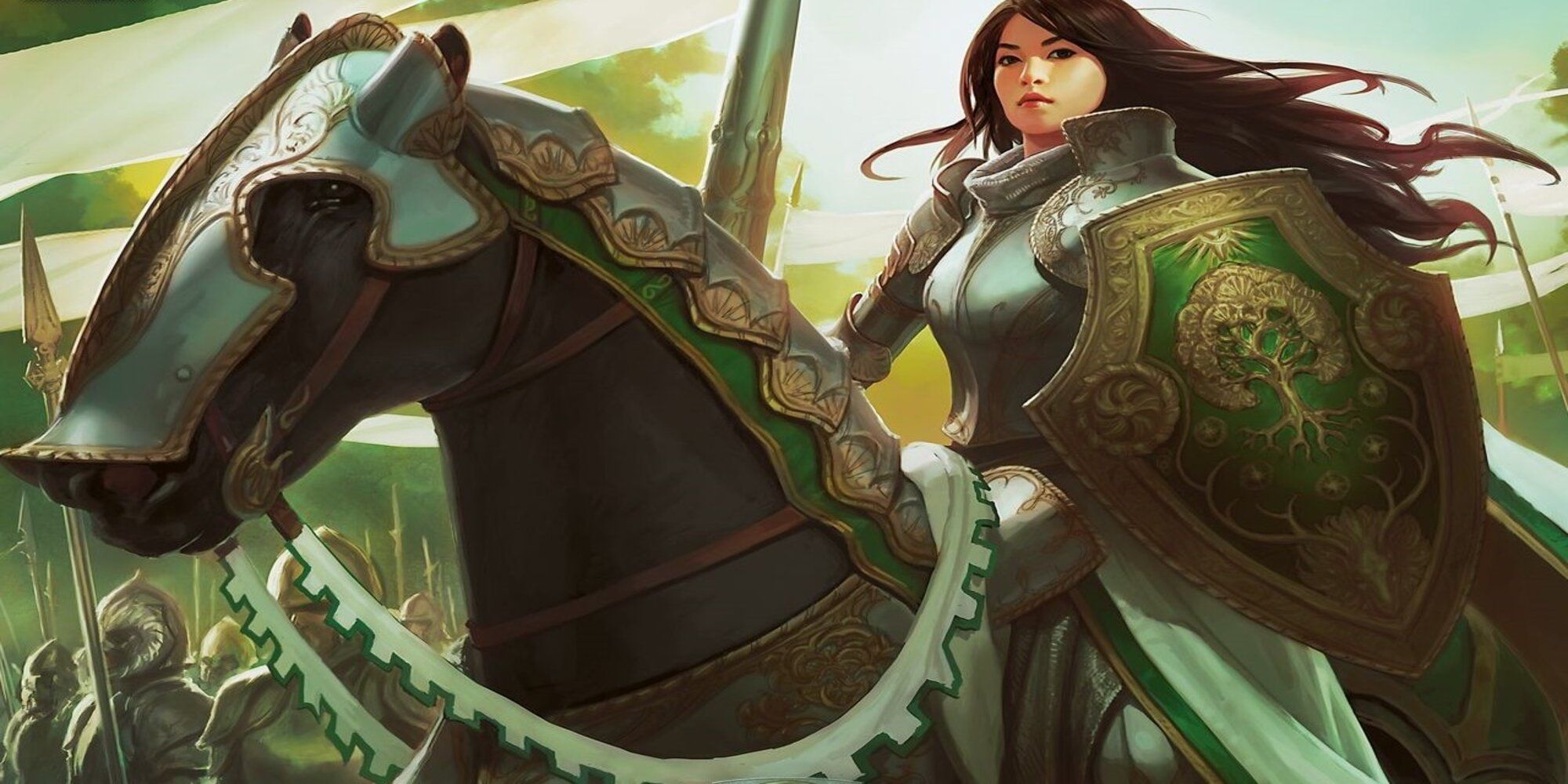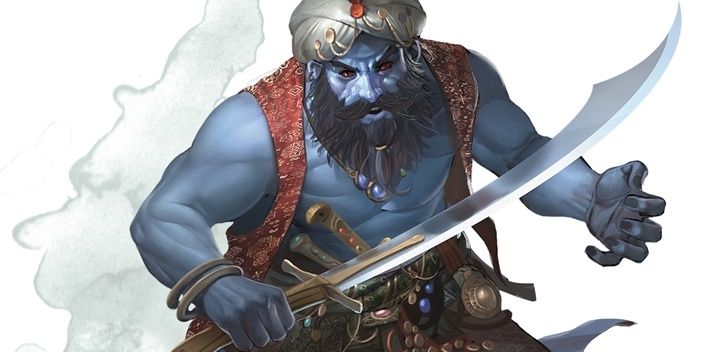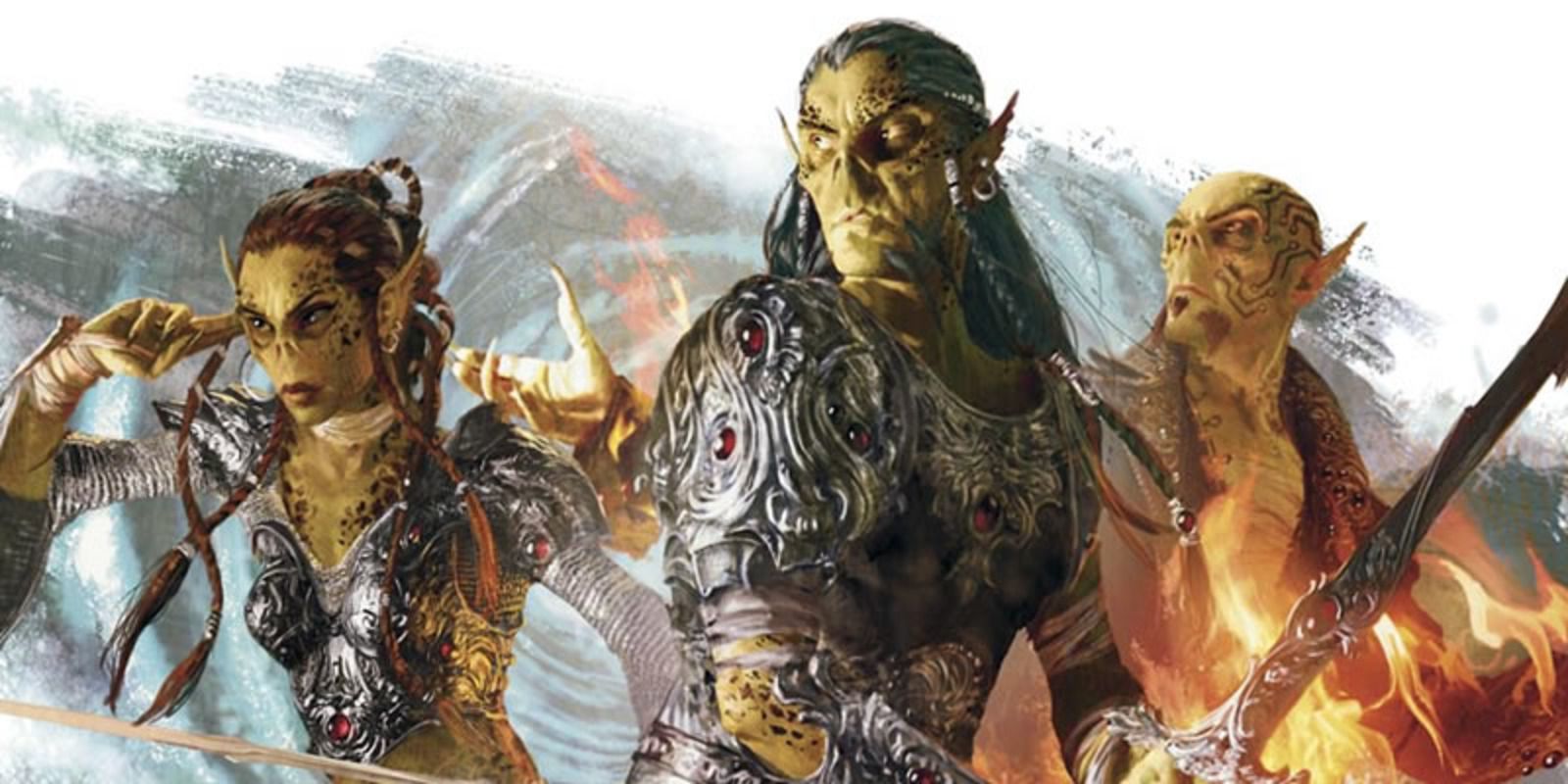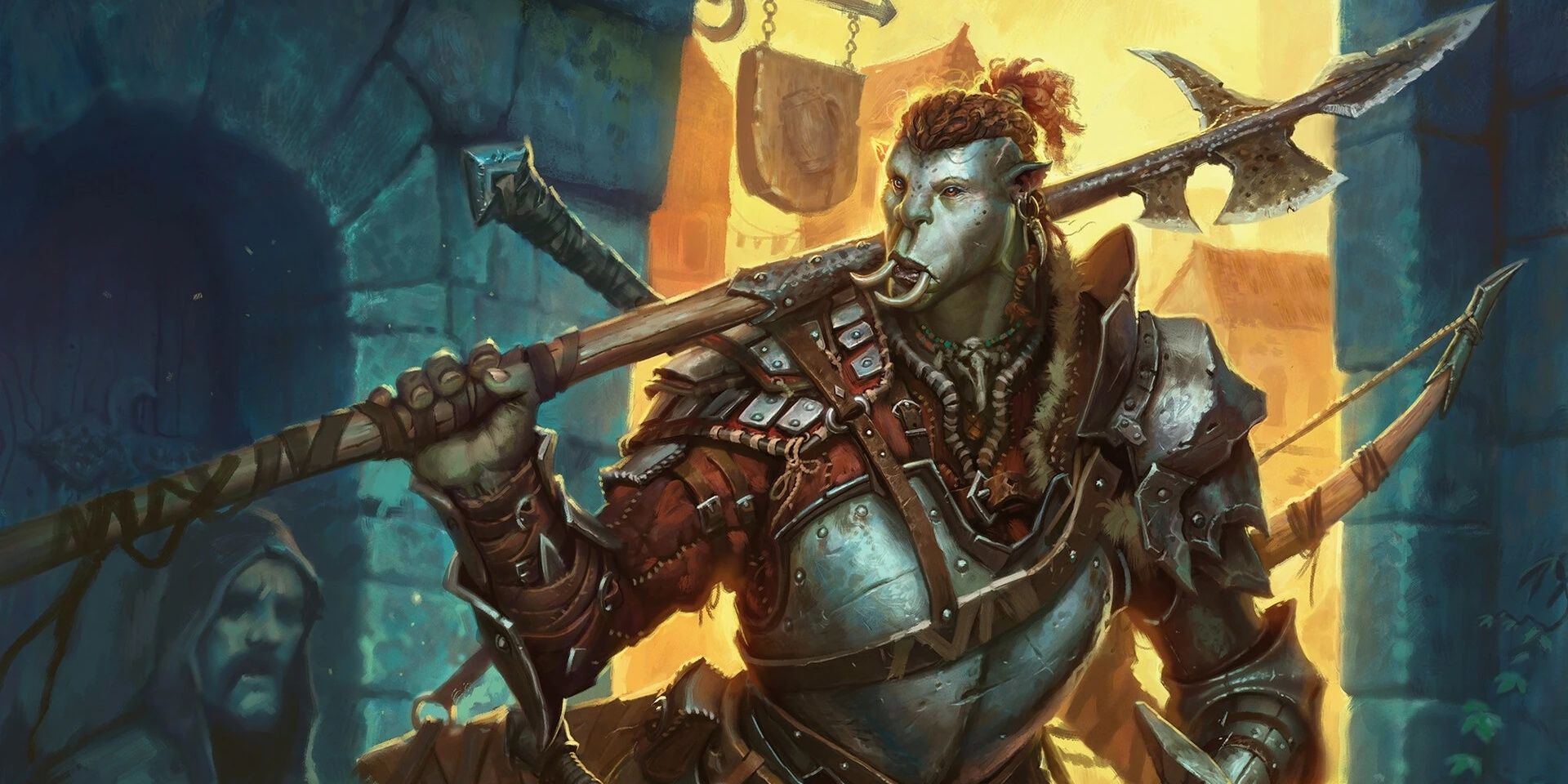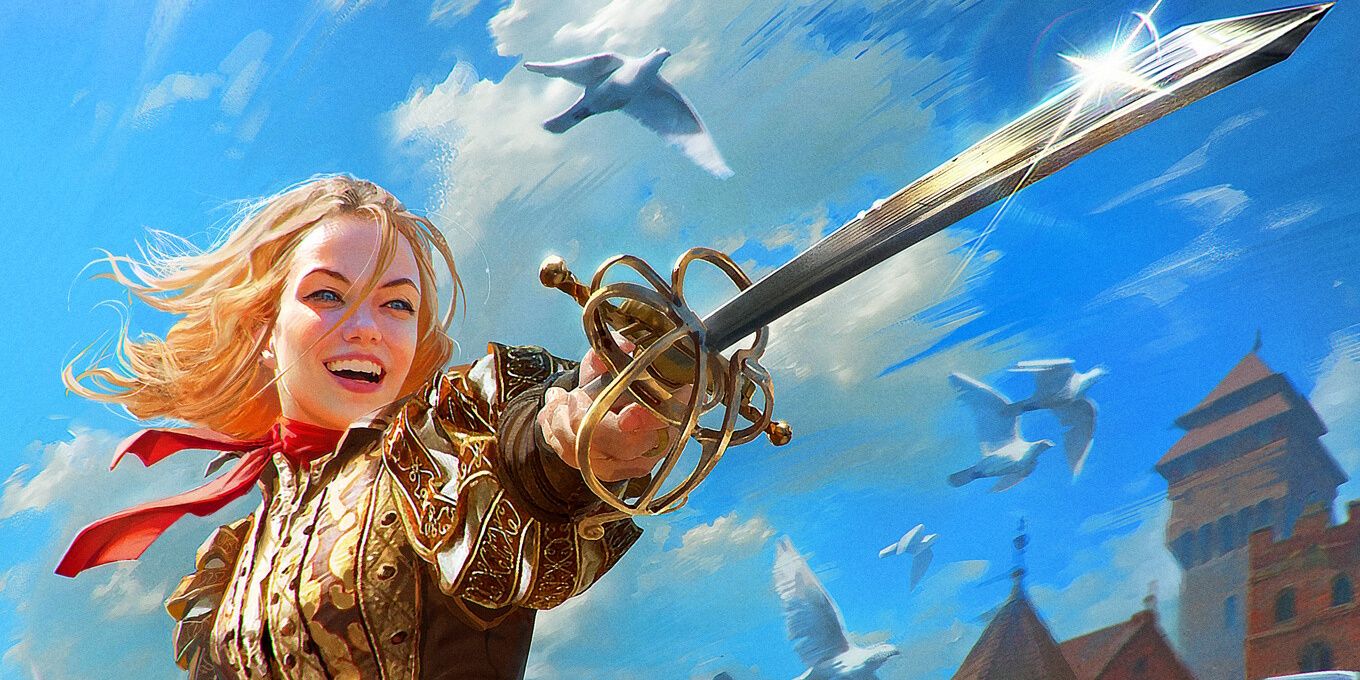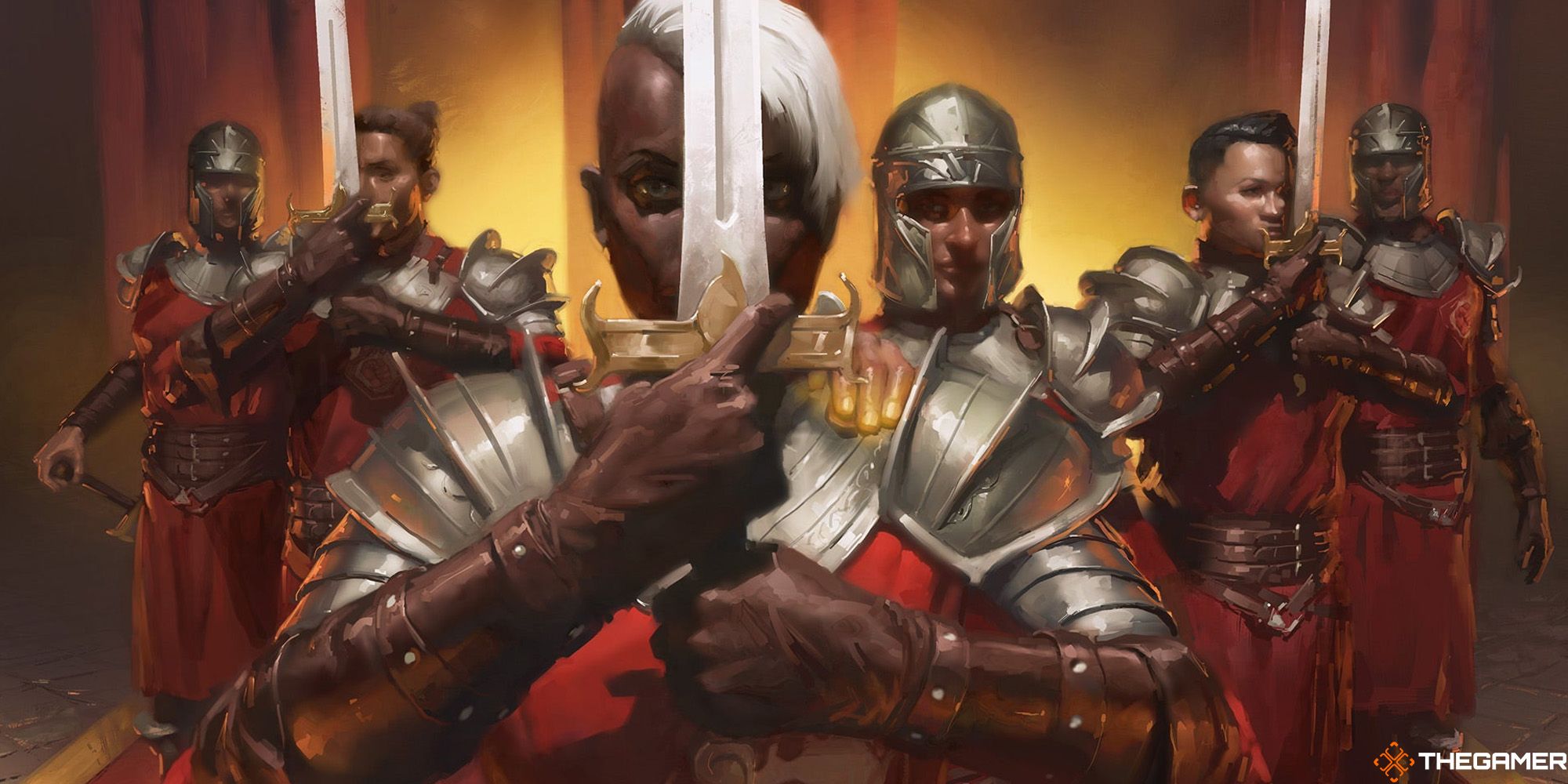It's time to create your warrior who gets close to their targets and delivers the pain. Dungeons & Dragons has many classes, subclasses, and builds to play with, and having the proper equipment is imperative to make your build work. And for that, you need to be aware of what weapons to wield.
These weapons are divided into two broad categories: melee or ranged, and whether they are simple or martial weapons. Here, we'll discuss martial melee weapons. We won't discuss magical gear here, and we'll rank them based on how useful they are in general, but the number one pick might not be suitable for your build.
11 Pike
A heavy weapon for heavy hitters, causing d10 damage and having the reach property as well. It requires both hands, and you must be medium (or bigger) to wield it properly.
Of all Polearm weapons, this is the worst one, though. It can't take all the bonuses from Polearm Masters, and it's surprisingly heavy.
It would be a good weapon if the other Polearm choices weren't vastly superior.
10 Trident
Tridents are one of the best-looking and most deadly weapons in real life. They are good here, too: They cause d6 of damage and have the versatile property, meaning you can use it with both hands, increasing the damage to a d8.
It also has the thrown property, so you can hit people from afar by, well, throwing it using your strength, with a minimum range of 20ft (6m) and a maximum of 60ft (18m).
The problem is that its stats are exactly the same as the Spear, a simple melee weapon that is cheaper in case you lose it after throwing it. It's good but easily replaceable.
9 Whip
With a d4 damage, this weapon isn't efficient. It has reach and finesse properties, so you can use dexterity to attack and hit people 10ft (3m) away from you rather than the average 5ft (1.5m) from most weapons.
However, that only makes it a glorified dagger that causes slashing damage. Sneak Attacks are doable, though.
You could use a feat that allows you to get the Thorn Whip cantrip. Sure, it won't work with Extra Attack, and you need decent Wisdom or Intelligence, but the damage is higher, and you get to pull people with it.
8 Flail, Morningstar, And War Pick
Some weapons are so similar it's best to analyze them together. These three weapons are known for causing a d8 of damage, and... That's it.
They have no properties whatsoever; you just whack people with them. It's better than fighting unarmed, at least - unless you're a Monk.
We'd recommend the flail since its damage is bludgeoning, while the other two are piercing. There are more creatures resistant to piercing than bludgeoning, though the difference is little.
7 Lance
Lances are tricky. They are one of the two weapons that use a d12, the greatest damage die, and it has a reach property, hitting people from a safer distance.
They will require both hands if you are mounted, but that's not the tricky part. The problem is that if you're attacking someone 5ft (1.5m) away from you, you get a disadvantage.
So not only can you hit from further away, but you kind of have to if you want to use it properly.
6 Shortsword, And Scimitar
If you want to build your character around dexterity, either of these would be good for you - they have the same stats. However, shortswords are both cheaper and lighter, so they are technically better.
Along with the finesse property, they both have the light property, allowing you to dual-wield them without needing a feat - though you may want the Two-weapon fighting style for proper damage with your character's off-hand.
They suffer a similar fate to Pikes; Technically good, but they can be overshadowed by a better weapon. In this case, the better weapon is the rapier, which we'll cover soon.
5 Greataxe
A fantastic option for melee damage, but it works for a specific build - a two-handed-weapon character.
Famous for being the default weapon for Barbarian, Greataxes use the highest damage die, the d12. The damage you can reach here, along with your strength bonus and critical hits, is quite impressive, allowing you to even one-hit kill many creatures at a low level.
This weapon, along with others in this list, has a Heavy property, meaning it causes a disadvantage when wielded by small creatures. Sadly, your Kobold Barbarian will need another weapon, but most species are medium-sized, so this won't be a problem for most characters.
4 Maul, And Greatsword
One more for the two-handed weapon lovers. Well, two more, actually.
Contrary to the Greataxe, Maul and Greatsword's damage is 2d6, which gives them greater average damage than the d12 - the lowest a d12 can do is one, while the lowest here is two. Not to mention that, statistically speaking, there are more ways to roll a seven, for example, with 2d6 (you can roll 3+4, 5+2, or 6+1) than rolling it on a d12, which you'll either roll a seven or won't, though hitting a 12 will be easier with the d12.
Great-weapon Fighting style could take more advantage on these dice since the chance of getting one (and thus, re-rolling it) is higher.
Though most people enjoy the sword aesthetic, Mauls are an interesting pick for causing bludgeoning damage since slightly fewer creatures are resistant to it, as mentioned before. It's also cheaper.
3 Glaive, And Halberd
These weapons are also suited for two-handed-weapon builds, as they both have two-handed and heavy properties. They have the same weight, cost, and damage type, so they truly are the same weapon, at least from a technical standpoint.
Their overall damage output is weaker than our previous entry (d10 damage), but they allow some trickier strategies. First, they have the reach property, meaning you can hit someone 10ft (3m) away from you.
Lastly, if you want to annoy your DM, they are the primary weapons for one of the most glorious feat combos: Polearm Master and Sentinel. Polearm Master will give you an opportunity to attack when an enemy enters your reach, and if you hit them, Sentinel will drop their movement to zero, preventing them from reaching you.
Then you attack on your turn and back away a little. Disengaging won't help them escape from this trick, so you'll be safe from and dangerous to most melee enemies you find.
2 Rapier
Let's dump strength one more time because that'll show you how wonderful rapiers are. They have the highest damage among weapons with the finesse property - a d8 - allowing you all sorts of combo varieties.
They are also interesting to combine with the Dual Wielder feat so you can have one rapier in each hand.
Essentially, this is the default weapon for classes or builds who have high dexterity, such as a Rogue, dual wielders in general, or a ranged character who ran out of arrows. You can also combine it with the Dueling Fighting Style for extra damage and the Defensive Duelist feat to compensate for the lack of heavy armor - since you've dumped strength and are probably not wearing one.
1 Warhammer, Longsword, And Battleaxe
These three weapons are almost the same in terms of stats, and they are some of the most versatile options the game has to offer, pun intended. You can wield them with one or both hands - hence the versatile - most melee classes will gain proficiency with them, and their damage output - d8 or d10, depending on the hand thing - is pretty good.
You can also combine them with Fighting styles, such as Dueling, Interception, or Great-Weapon Fighting, which you can get with a Feat regardless of your class. Essentially, they offer nothing extraordinary but are just too helpful for most characters, being effective choices to whoever is proficient at them.
Warhammer gets a slight edge - despite the lack of one - due to its damage type, bludgeoning, giving it a boost when it comes to resistances, similar to the Maul over the Greatsword. Warhammers are also lighter if your DM actually cares about weight.

